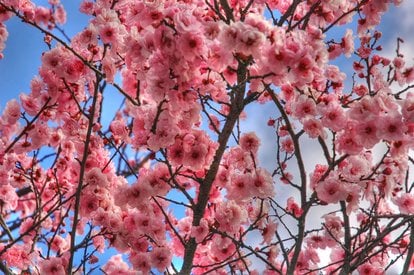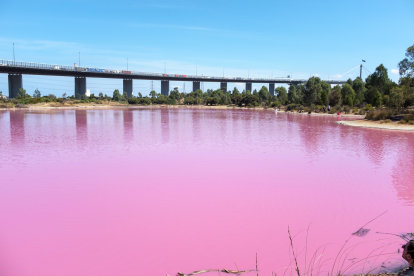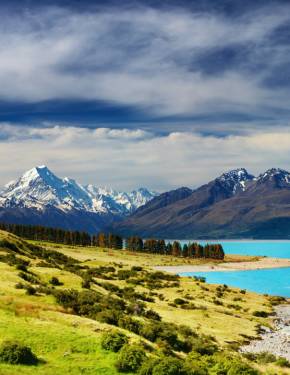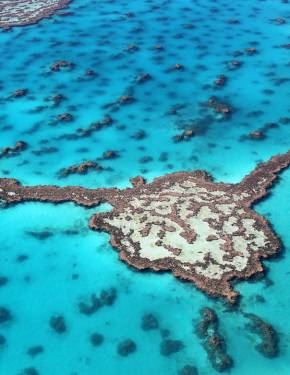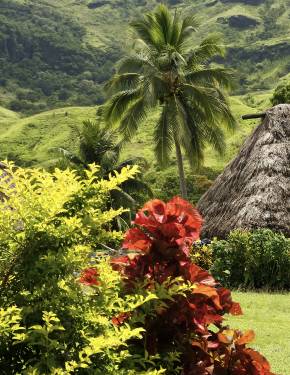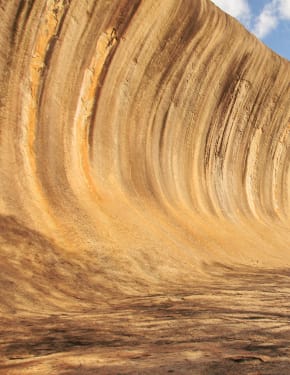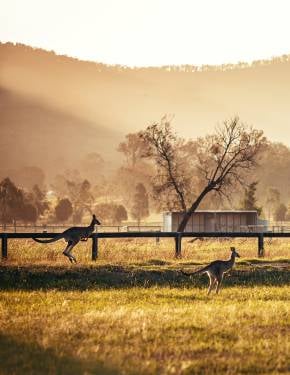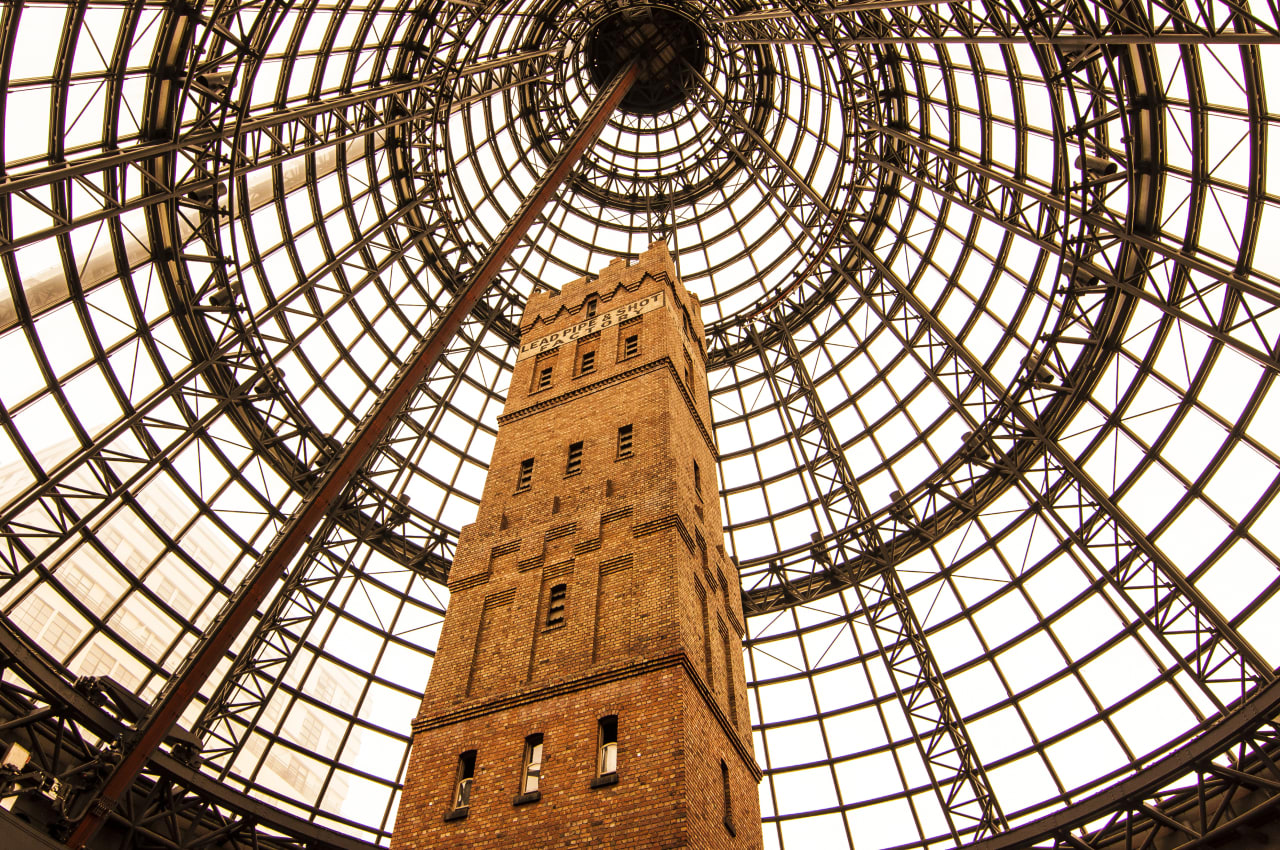
Best time to visit
53 things to do in Melbourne

Wildflowers
Enjoy the riot of bright colours of wildflowers from late August–early September when spring comes to Victoria

Skiing
Did you know that the State of Victoria boasts the largest number of ski resorts in Australia?

Rhododendron Blooming in Dandenong Ranges Botanic Garden
Contemplate the beauty of this stunning flower that grows across the Dandenong Ranges
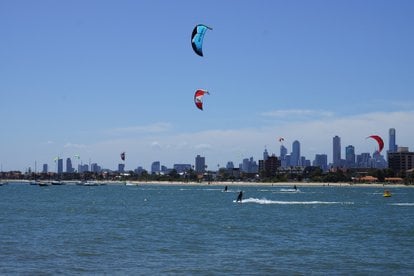
Kitesurfing at St Kilda Beach
Even in bad weather, St Kilda Beach is not empty, here you can often see kitesurfers enjoying their favorite sport and amazing nature

Kangaroo Watching
Charismatic kangaroos are the most popular wild animals in Victoria

Grape Harvest in Yarra Valley
Yarra Valley is a real paradise for wine lovers, this region produces excellent Chardonnay and Pinot Noir wines
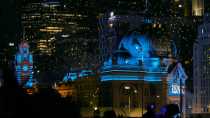
Rising: Melbourne (Melbourne Festival)
A leading art event in Australia brings more than two weeks of entertainment at indoor and outdoor venues throughout the city
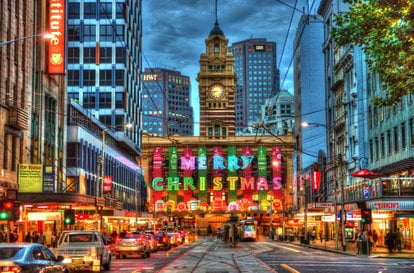
Christmas Season
Enjoy a whole month of Christmas trees, lights, carols, and delicious food in Melbourne

Antipodes Festival
Enjoy Greek cuisine and its rich culture at the Lonsdale Street Festival organized by the Greek diaspora in Melbourne

Sugar Mountain Festival
A real "melting pot" of dance music and visual arts
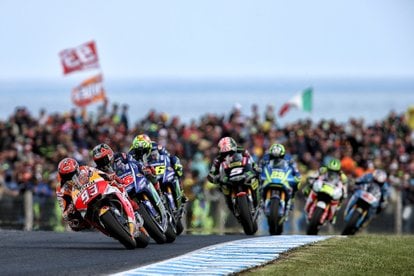
Australian Motorcycle Grand Prix
Phillip Island offers a superb circuit for one of the most exciting motorsport events in the world

Melbourne Fringe
This annual madness, known as the Fringe Festival, embraces Melbourne once again with a huge amount of new art, ideas, and performances
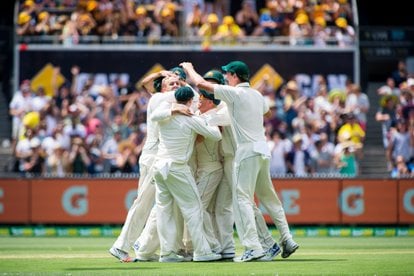
Cricket in Melbourne
There were references to the first Australian cricket matches as early as in the 18th century

Australian Open
The famous Australian Open Tennis Championships is among the four Grand Slam tournaments
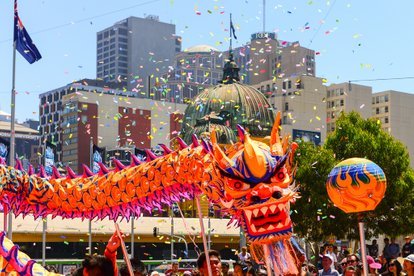
Chinese New Year in Melbourne
One of the biggest Chinese quarters in the world is celebrating its biggest holiday

Moomba Festival
The annual Moomba Festival taking place on the Yarra River personifies its influence on the culture of the people who once lived here

AFL Grand Final
Even if you are not familiar with the rules of Australian football, don't miss this greatest sports event in the country

Waterfalls near Melbourne
Discover the numerous incredible waterfalls of Victoria

Picnic at Hanging Rock Car Show
Check out this exhibition of retro cars of different models and brands

Sand Sculpting Australia
A unique festival where sculptors represent their skills embodied in one of the most fragile materials—sand
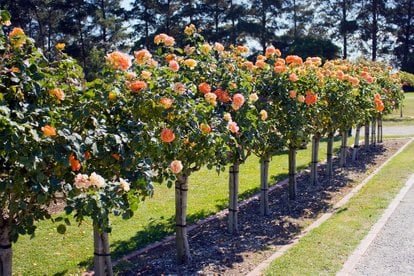
Rose Blooming in Victoria State Rose Garden
This large-scale botanical garden dedicated exclusively to roses, in October, attracts thousands of visitors who come to admire the Queen of Flowers

Tesselaar Tulip Festival
The largest flower festival of the continent strikes with bright colours and great entertainment

Whale Watching in Victoria
You will definitely meet humpback and blue whales during the migration period off Victoria coast
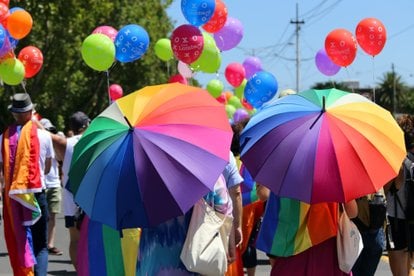
Midsumma Festival
This festival has been a leading global LGBTQI+ celebration since 1988

Surfing Off Victoria Coast
The wild coast of Victoria may offer the best surfing in the world, among the densely overgrown hills and cliffs

Koalas
While these small grey creatures sleep in eucalyptus branches, tourists have one calling–to see koalas and be touched!

Nike Melbourne Marathon Festival
Challenge yourself and join Australia’s largest marathon
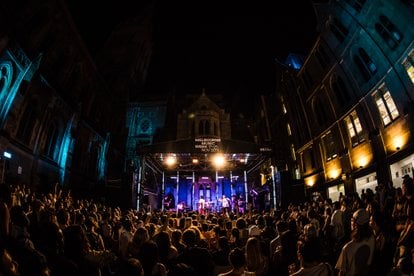
Melbourne Music Week
Melbourne Music Week creates a leisurely summer mood

The Color Run
Watching this multicolored running madness is hilarious, and participating is even more fun

AVALON Australian International Airshow
The greatest achievements of modern military aviation—world's pride and menace at the same time

Pumpkin Season
Pumpkin seeds were brought to Australia on the First Fleet back in 1788

Capsicum
This glossy and brightly colored fruit will be a good addition to your meal

Asparagus
In most refined dishes, asparagus should maintain its taste and structure: it should be slightly soft, but not too much

Pine Mushrooms (Saffron Milk Caps)
These grow in places where the soil is densely covered with old coniferous needles, and often hide under them

Electric Gardens Festival
Electronic-centric music festival in Sydney, Melbourne, and Perth

AUS-X Open
One of the biggest and most famous supercross and freestyle motocross events in the world

Rainbow Spirit Festival
Australia's most colourful party, one of the best of its kind in all of the Southern Hemisphere

Easter
Easter Bilbies, shows, and festivals—there's something extraordinary about Easter celebrations in Australia
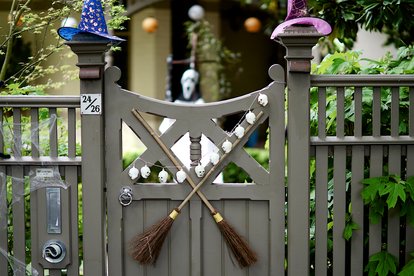
Halloween in Melbourne
Cemetery tours, spooky attractions, a scary maze and other fun things to try
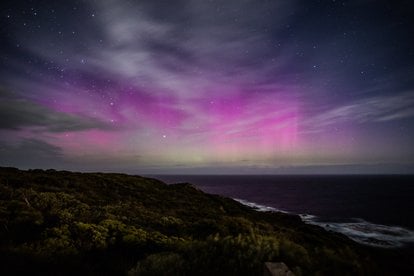
Aurora Australis or Southern Lights
Melbourne is one of the lucky cities to have quick access to the aurora-viewing spots

New Year's Eve & New Year's Day
Say 'hello' to a new beginning with a free Melbourne fireworks show
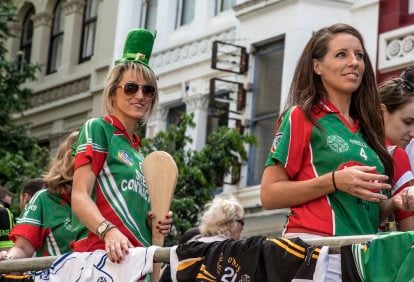
St. Patrick's Day
Sydney, Brisbane, and Melbourne boast impressive celebrations of the Irish culture

Christmas Festival of Lights
Christmas Festival of Lights in Adventure Park near Melbourne welcomes everyone to celebrate Christmas

Melbourne International Jazz Festival
Enjoy ten days of jazzing at Australia's largest jazz festival
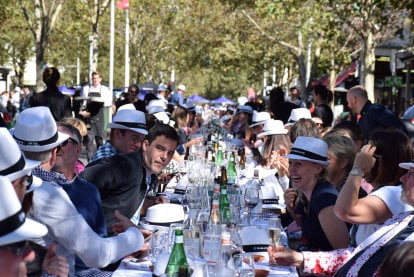
Melbourne Food & Wine Festival
Explore the richness of Victorian cuisine and wine at the Garden City's biggest feast
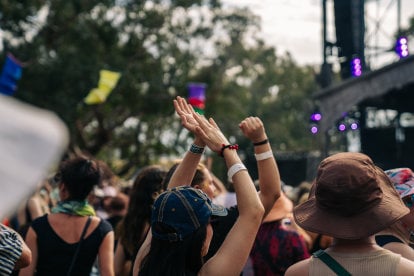
Meredith Music Festival
Experience the quintessential joy of music at the celebration in the heart of Victoria




